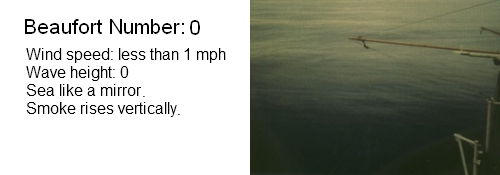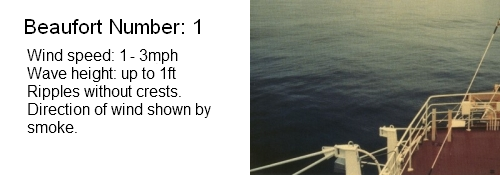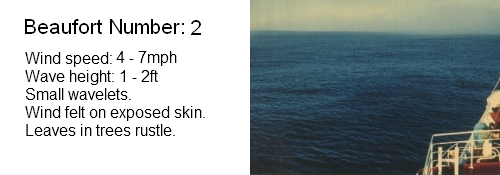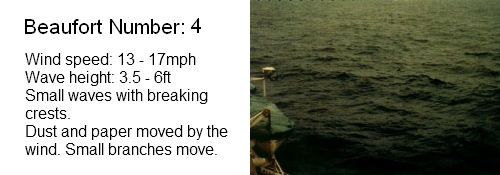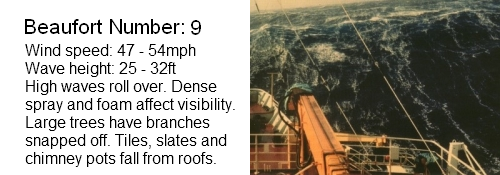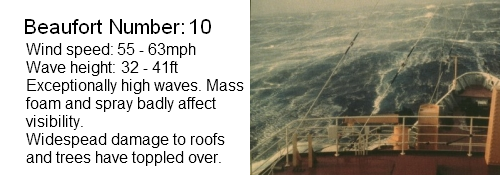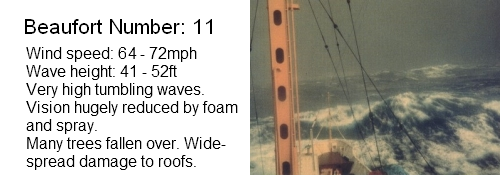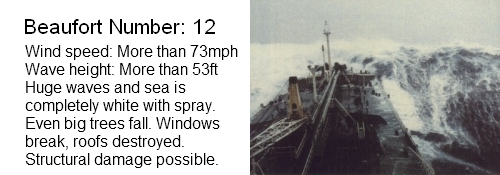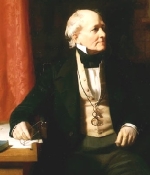
The Beaufort Scale is a system designed to provide a standardised description of weather conditions and the impact they have on land and at sea. The scale was invented by Irish-born Royal Navy Admiral Sir Francis Beaufort in 1805 who realised the importance of having a universal system to describe sea conditions. The scale has been adapted and altered over the years but many of the principles and ideas devised by Sir Francis are still included in the modern Beaufort Scale. Generally, small craft advisory warnings are issued if winds reaching Beaufort number 6 – 7 are going to be encountered with numbers 8 – 9 seeing gale warnings issued, 10 – 11 storm warnings, and number 12 on the Beaufort scale will see a full hurricane warning sent out. Today Britain, America, Ireland, Canada, Greece, the Netherlands, China, Taiwan, Hong Kong and Macau all use the scale, although some counties such as Taiwan and China use a modified version which includes categories 13 – 17 to take into account tropical storms and cyclones which can be exceptionally powerful.
Note: the wave heights below are for the open ocean, not the shore. The Beaufort scale has been adapted to include descriptions of the effects of wind speed on land which are incorporated into the descriptions below.
